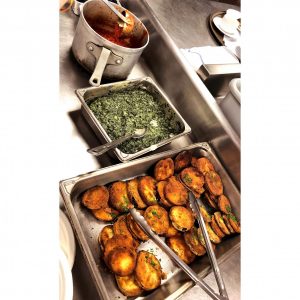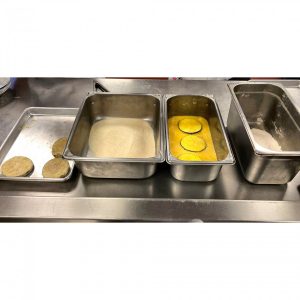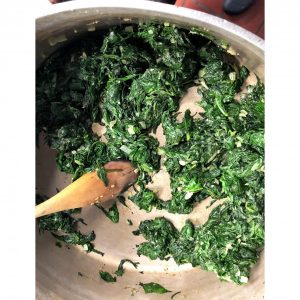Hello All,
First off, I would like to apologize for my absence during the first few weeks of the semester, I have had a tough beginning of the semester due to a couple of personal situations, but I’m back on track and come with awesome news!! If you guys are interested in a great opportunity to serve the community and make a difference while also making $15 per hour, CUNY Service Corps extended their application deadline until March 18th 11:59pm. For more information visit http://www1.cuny.edu/sites/servicecorps/members/prospective/ I look forward to working with you this semester. See you guys soon!
-Ambar,
Peer Mentor.
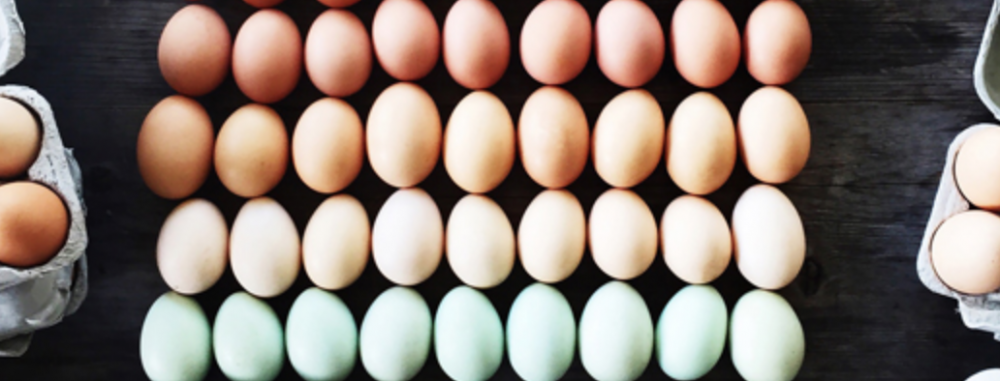
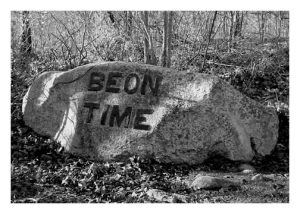
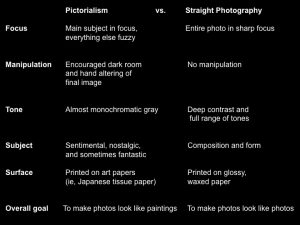
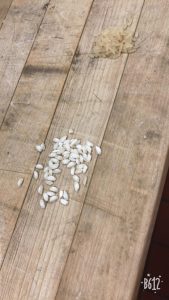
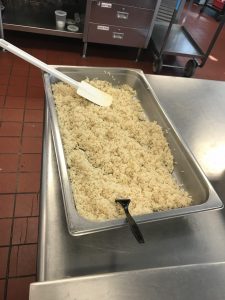
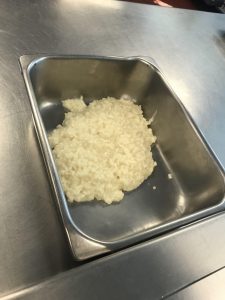
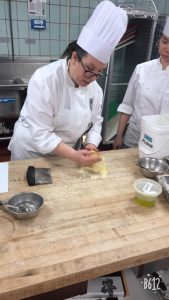

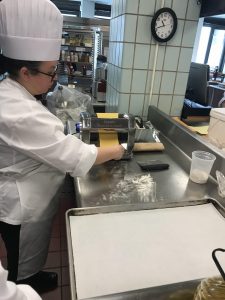
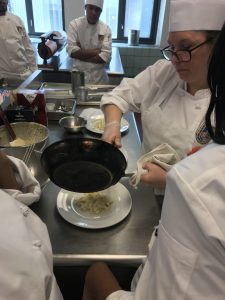
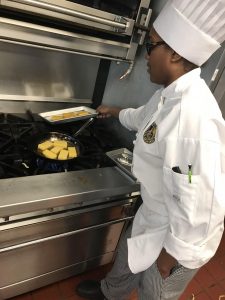



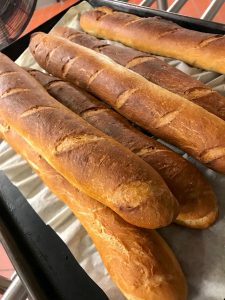
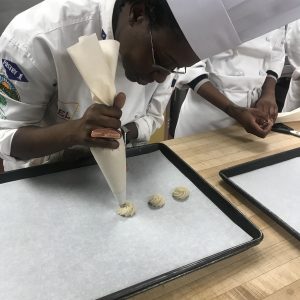
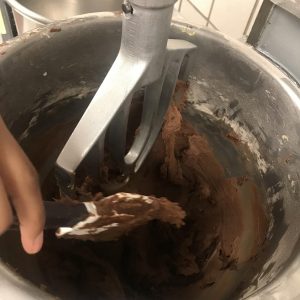
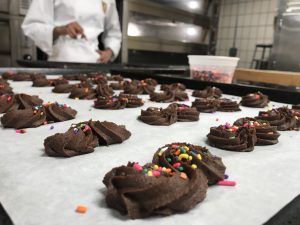
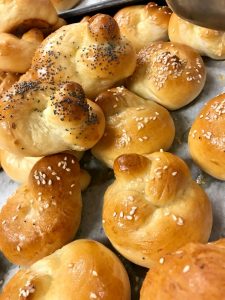
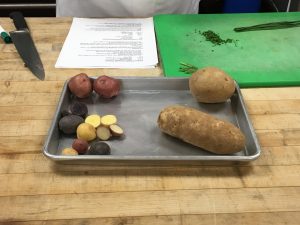
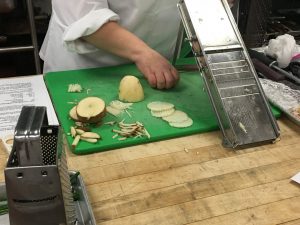
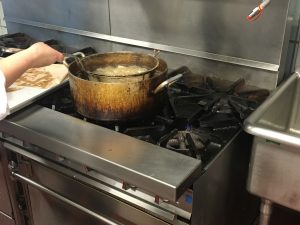


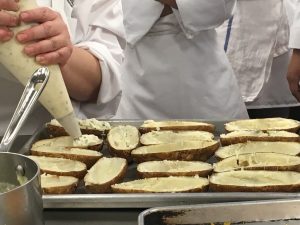
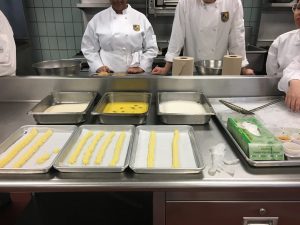
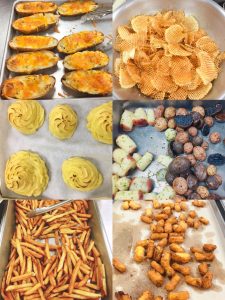
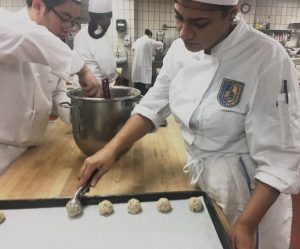
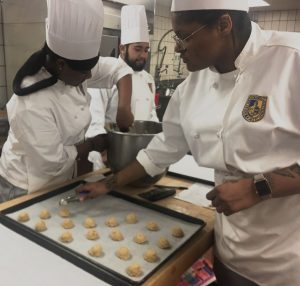



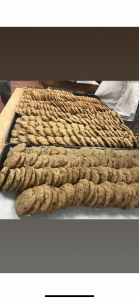 Oatmeal, peanut butter,
Oatmeal, peanut butter, 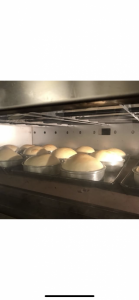 Portugese Sweet bread in the oven baking!
Portugese Sweet bread in the oven baking!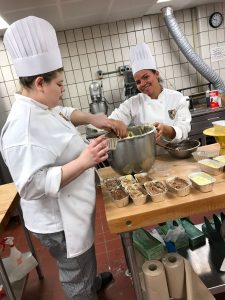 Once again using the creaming method, both chefs were working together to get the pound cakes in the oven.
Once again using the creaming method, both chefs were working together to get the pound cakes in the oven.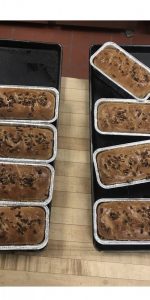 After all the hard work, as a team, this is the result of the pecan rasin bread!
After all the hard work, as a team, this is the result of the pecan rasin bread! 